Crain’s Chicago Business and ProPublica have identified at least nine objects once owned by James and Marilynn Alsdorf that have been sent back to their countries of origin since the late 1980s. Nepali activists — and government officials, in one case — are pressing for the return of more Alsdorf objects donated to the Art Institute of Chicago, saying they have evidence the pieces may have been looted and sold on the art market. (Marilynn Alsdorf’s son and an attorney for her trust declined to comment for this story.)
Returned Objects
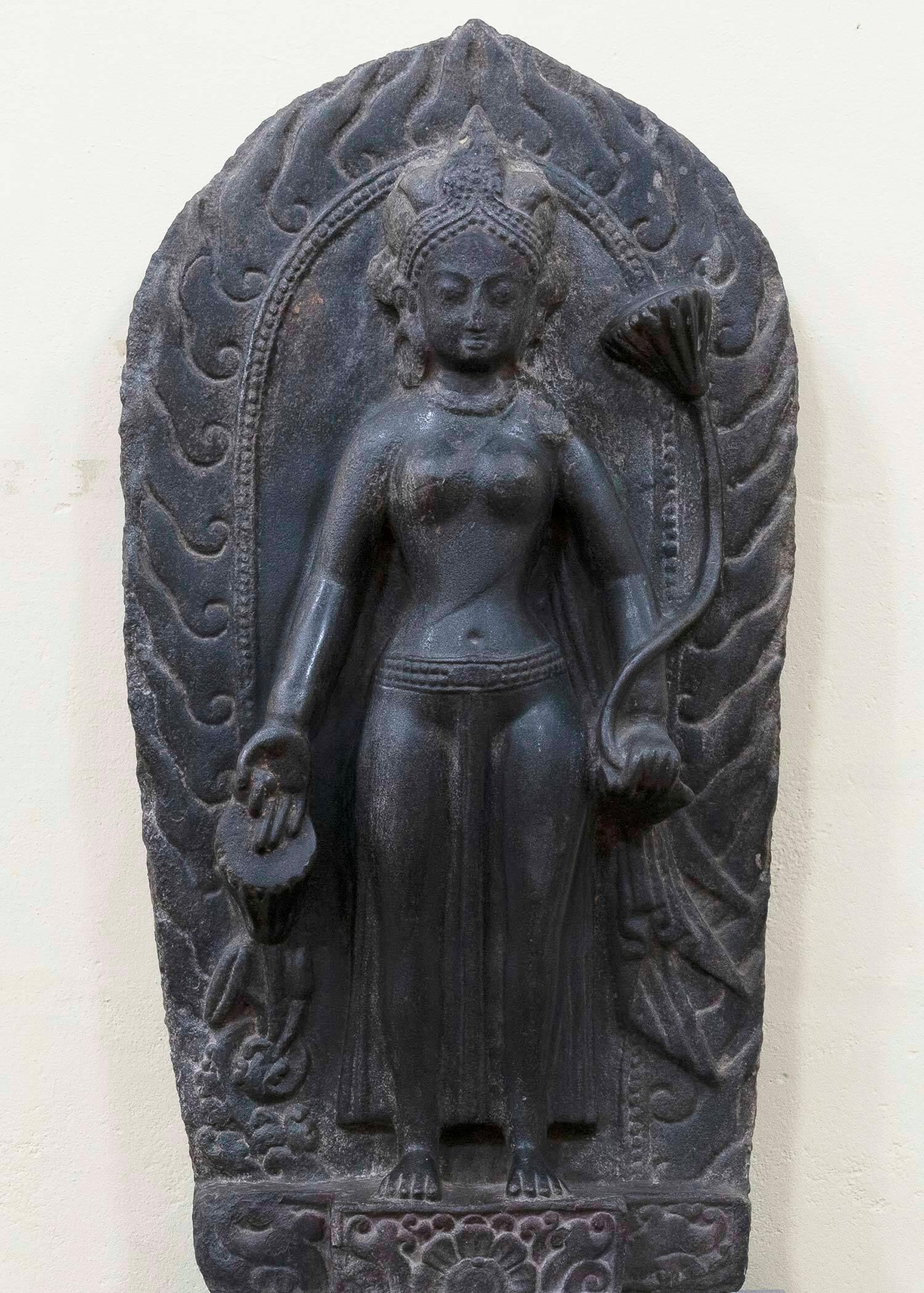
Sculpture of Tara: The Yale University Art Gallery in May returned to Nepal a stone sculpture of a goddess that had once belonged to the Alsdorfs. The Alsdorfs had sold the piece in a 2002 Sotheby’s auction; it was later donated to the gallery.
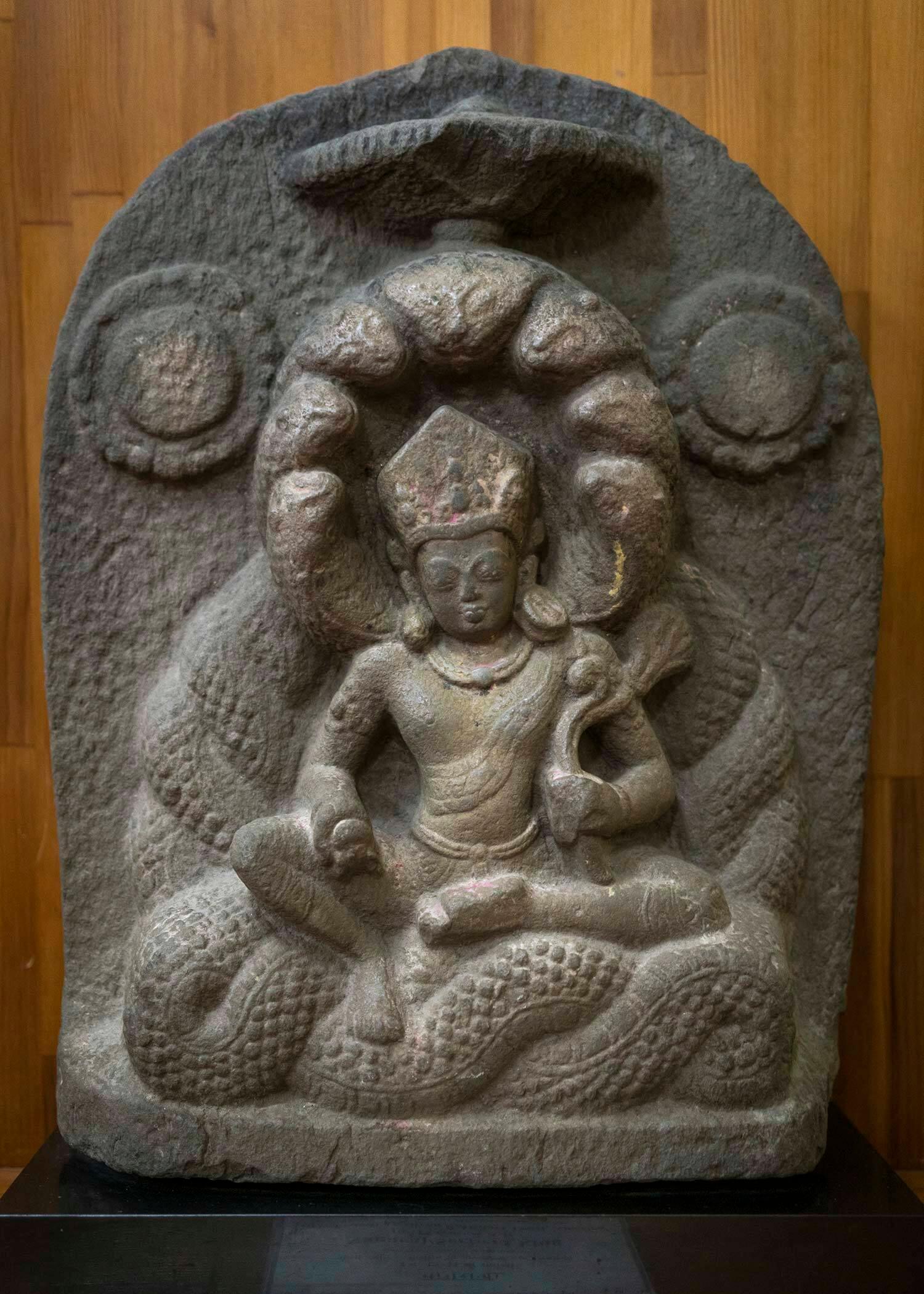
Stone stele of Nagaraja: This 12th century piece was one of three objects sent back to Nepal by the Marilynn B. Alsdorf Trust in 2022, according to records obtained by Crain’s and ProPublica.
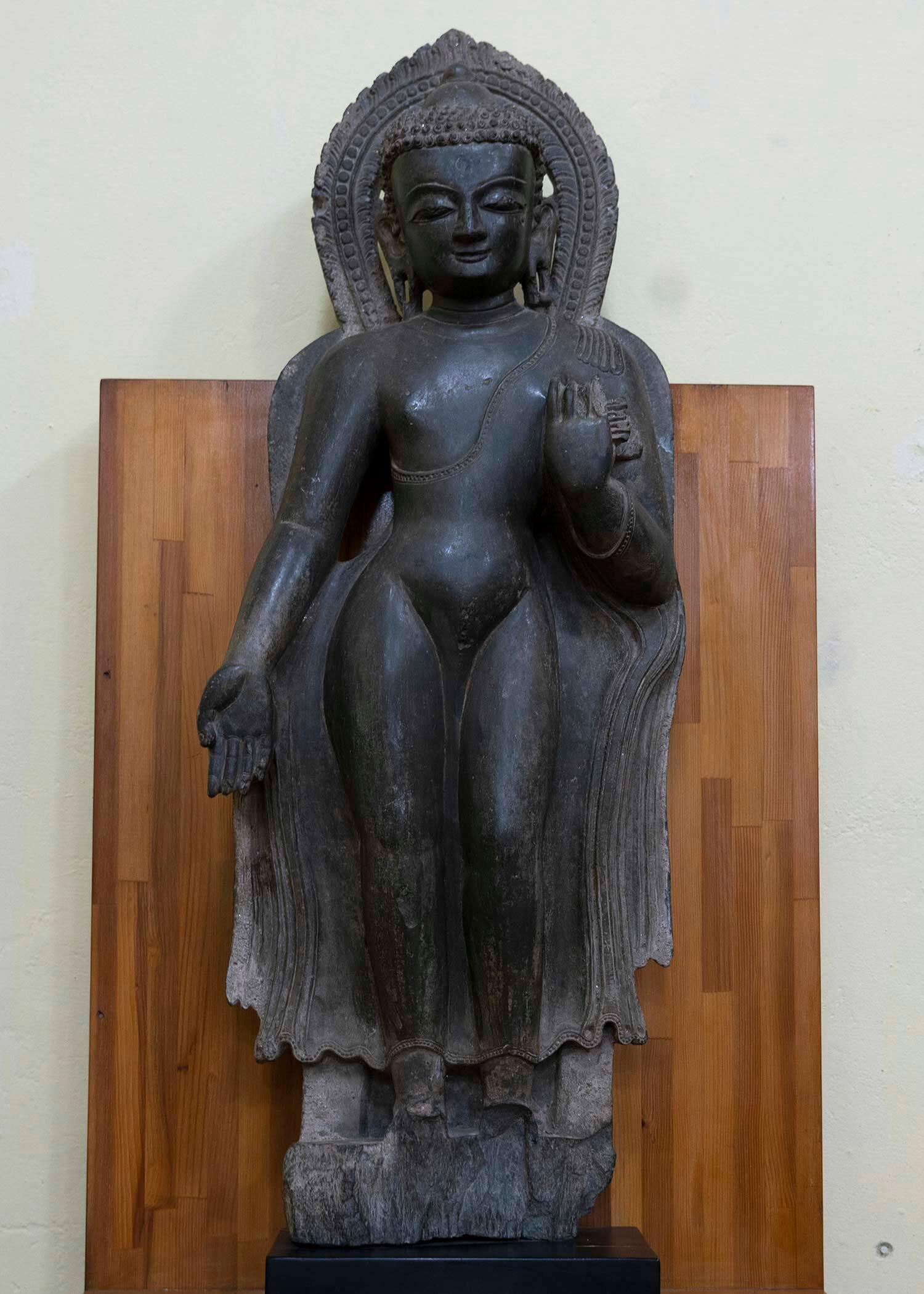
Figure of Buddha: Estimated to be from the 14th or 15th century, this was one of three objects sent back to Nepal by the Marilynn B. Alsdorf Trust in 2022, records show.
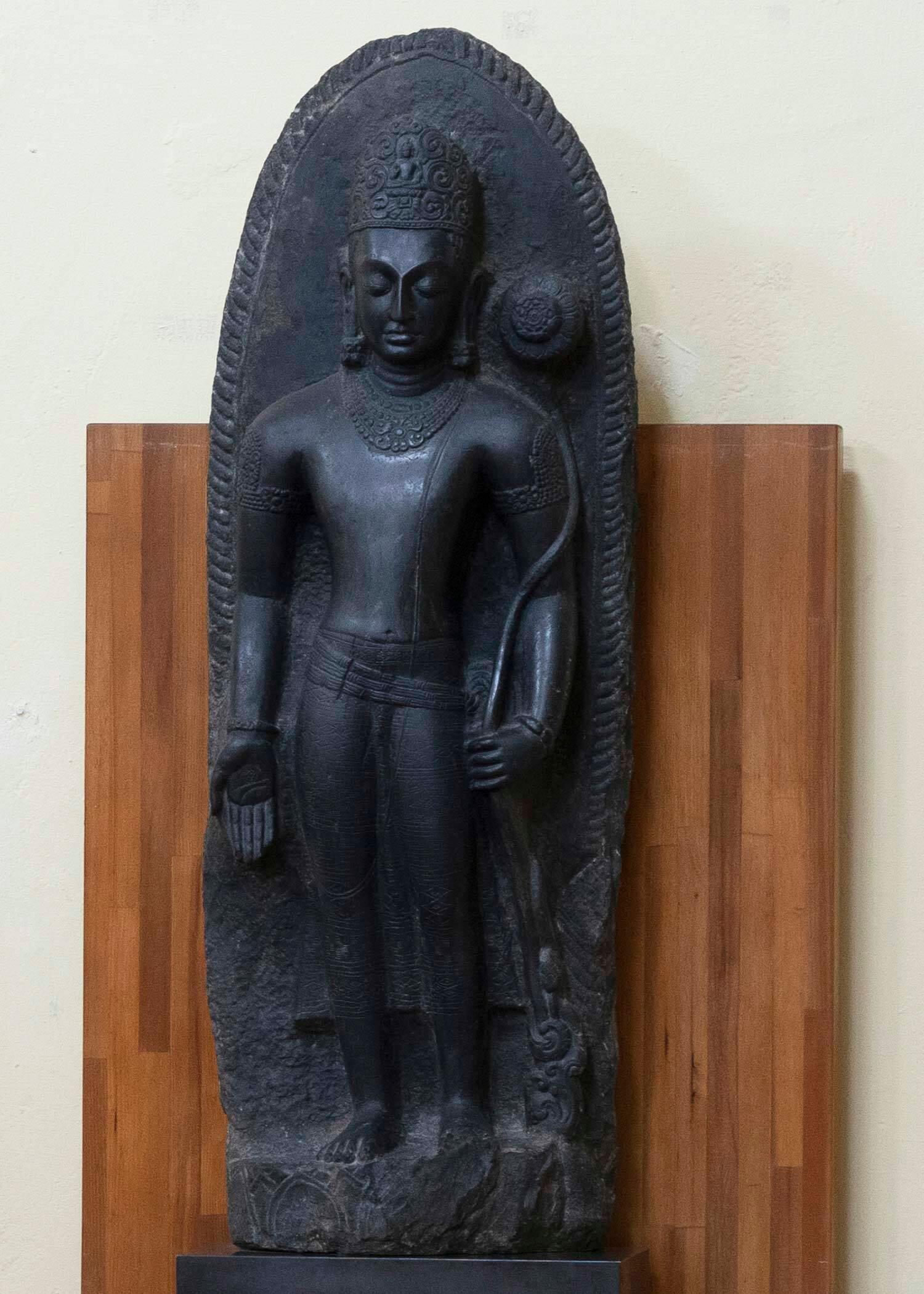
Stone stele of Padmapani: Estimated to be from the 10th or 11th century, this was one of three objects sent back to Nepal by the Marilynn B. Alsdorf Trust in 2022, records show.

Linga with four faces: The Art Institute helped facilitate the return of this object, which Marilynn Alsdorf loaned to the museum, in April 2021. The object, a sixth-century sculpture depicting Shiva, was stolen from a shrine in Nepal in 1984, according to Nepali news reports and records obtained by ProPublica and Crain’s.

Marble hare: Christie’s pulled this second to third century Roman piece from a 2020 Alsdorf estate sale after receiving information that it had been linked to a convicted antiquities smuggler. Christie’s helped return the piece to Italy, according to a spokesperson.

Bronze eagle: Christie’s pulled this second to third century Roman piece from a 2020 Alsdorf estate sale after receiving information that it had been linked to a convicted antiquities smuggler. Christie’s helped return the piece to Italy, according to a spokesperson.
Lakulisa sculpture (not pictured): Marilynn Alsdorf returned a sculpture of Lakulisa, a figure associated with Shiva, to India in 2000 after researching the piece for a 1997 exhibit at the Art Institute and finding issues with its provenance, according to research by an academic.
Vishnu carving (not pictured): The Art Institute agreed to return to Thailand a decorative stone beam of the god Vishnu, which the Alsdorfs had bought through a New York art dealer in 1967, according to news articles at the time. The Thai government said the carving, which the Alsdorfs’ foundation donated to the museum in 1983, disappeared from a temple in the 1960s.
Contested Objects
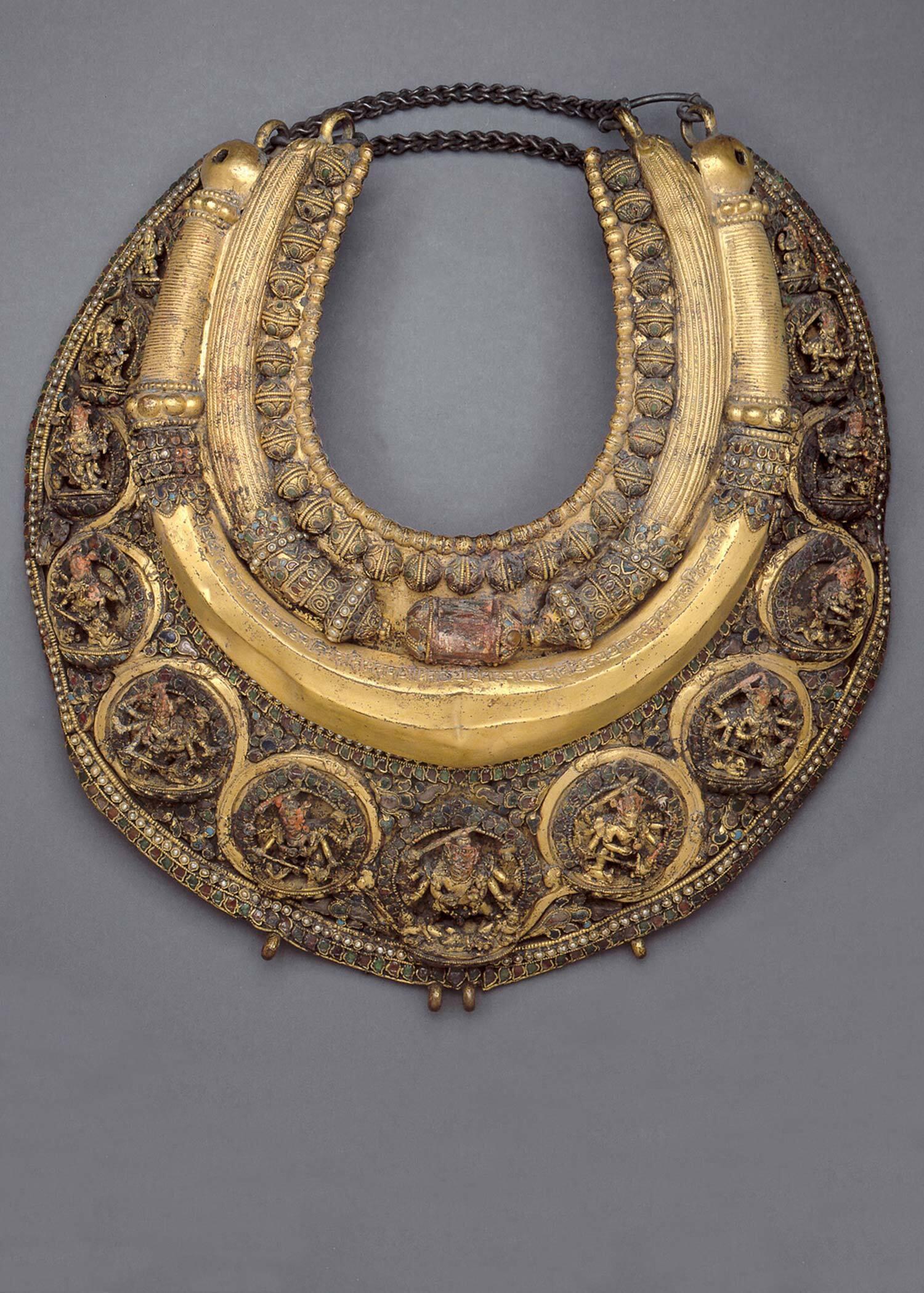
Taleju necklace: The Nepali government asked the Art Institute in August 2021 to repatriate the gilt-copper necklace made for a Hindu goddess. Negotiations over the piece, which was commissioned by a Nepali king in the 17th century, are ongoing.
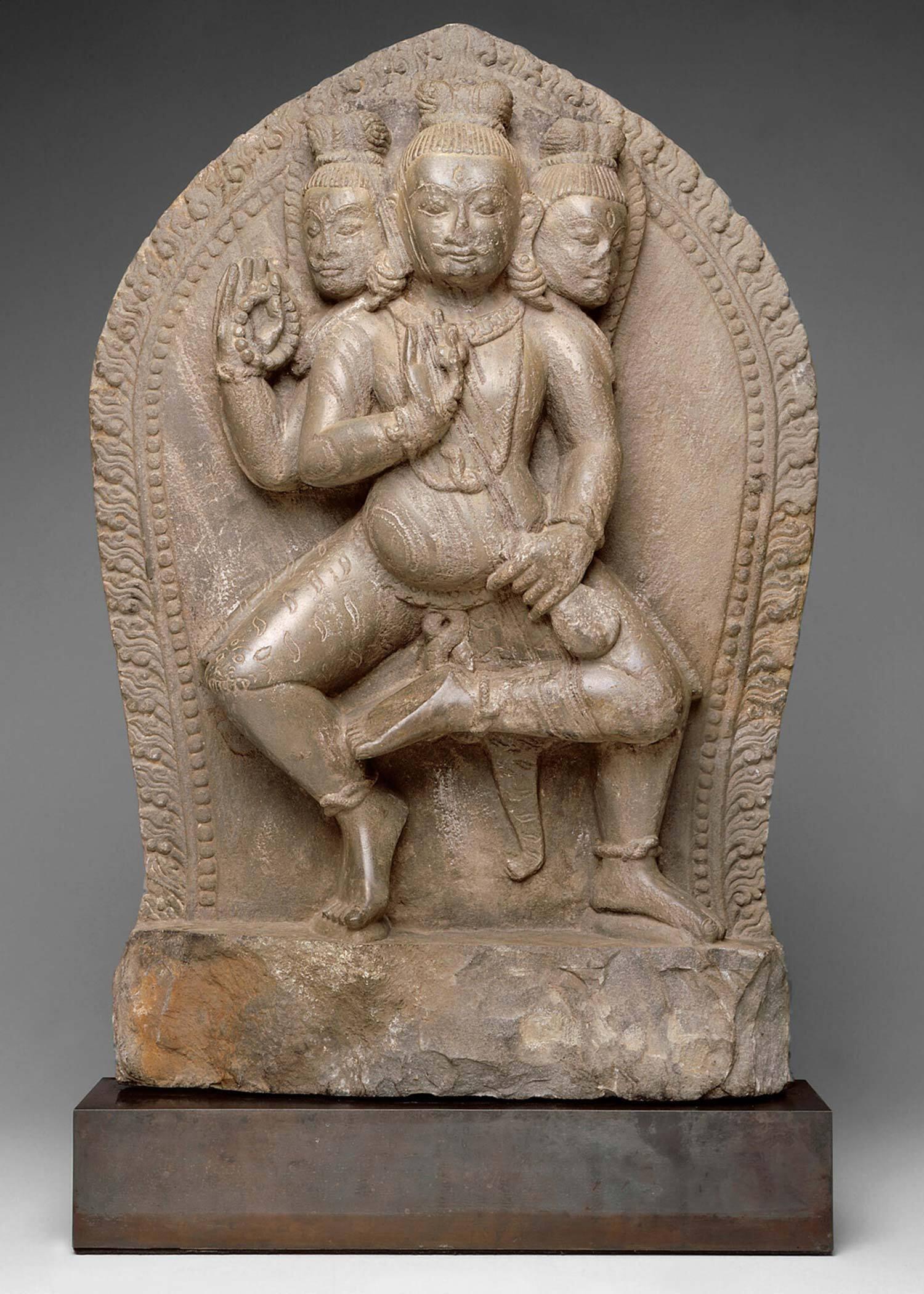
Bhairava sculpture: The Alsdorfs loaned this sculpture of a form of Shiva to the Art Institute in 1997, and the museum acquired it in 2014, according to a museum spokesperson. Nepali activists say they’ve located a photo of the piece that shows it was in Nepal during the 1980s and allege it could have only left the country through illicit means. The photo is on a memory card that came with a book about Nepali stone sculptures. Activists don’t know the exact date or location of where the photo was taken. The Art Institute has seen the photo and is reviewing the object’s provenance, the spokesperson said.
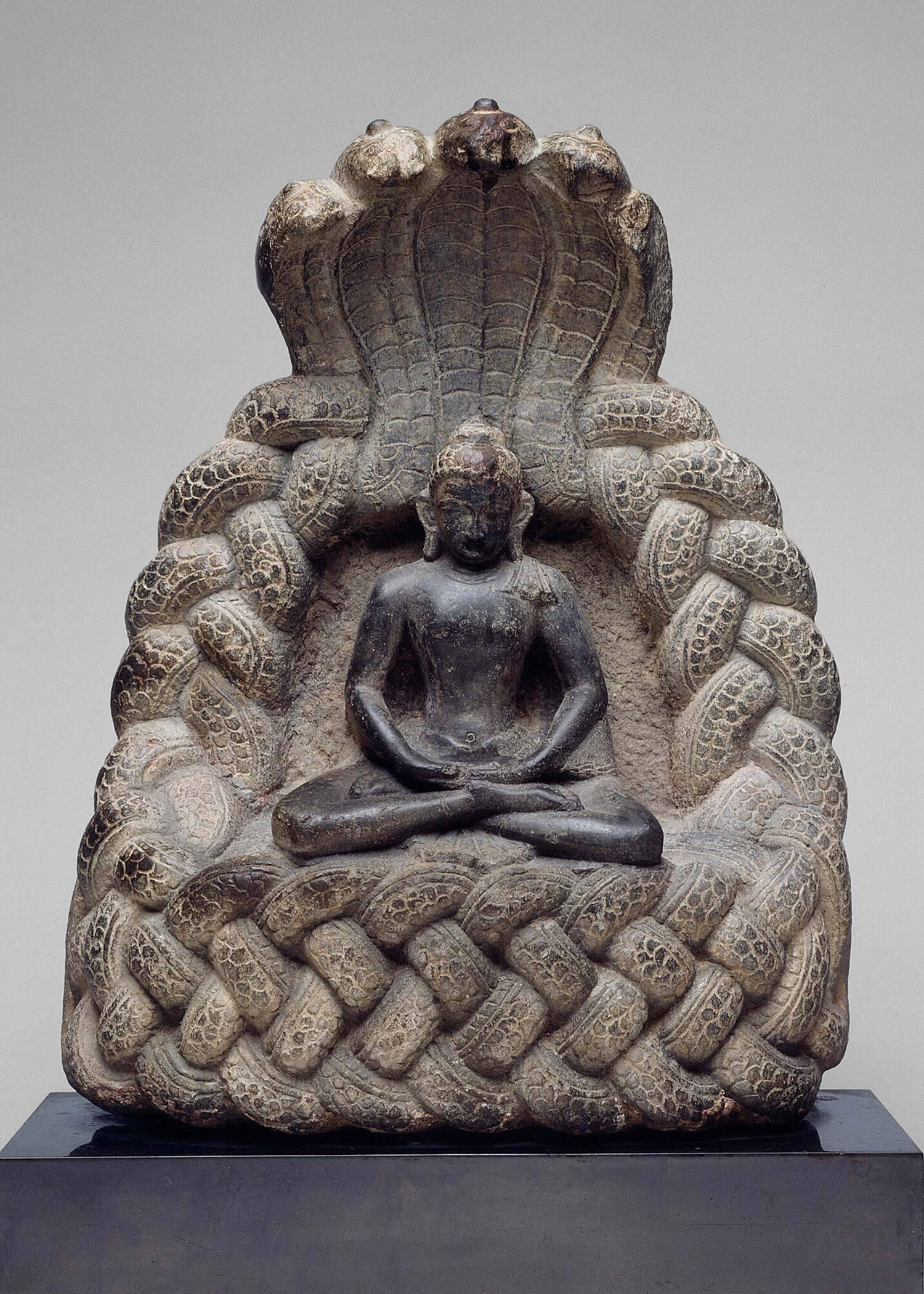
“Buddha Sheltered by the Serpent King Muchalinda”: The Alsdorfs loaned this sculpture to the Art Institute in 1997, and the museum acquired it in 2014, according to a museum spokesperson. Nepali activists have located a photo that they say shows the piece in Nepal in 1970 and say it may have been looted from that site. A spokesperson for the Art Institute said the museum has seen the photo, which is published in an archive created by art history professors, and is reviewing the object’s provenance.
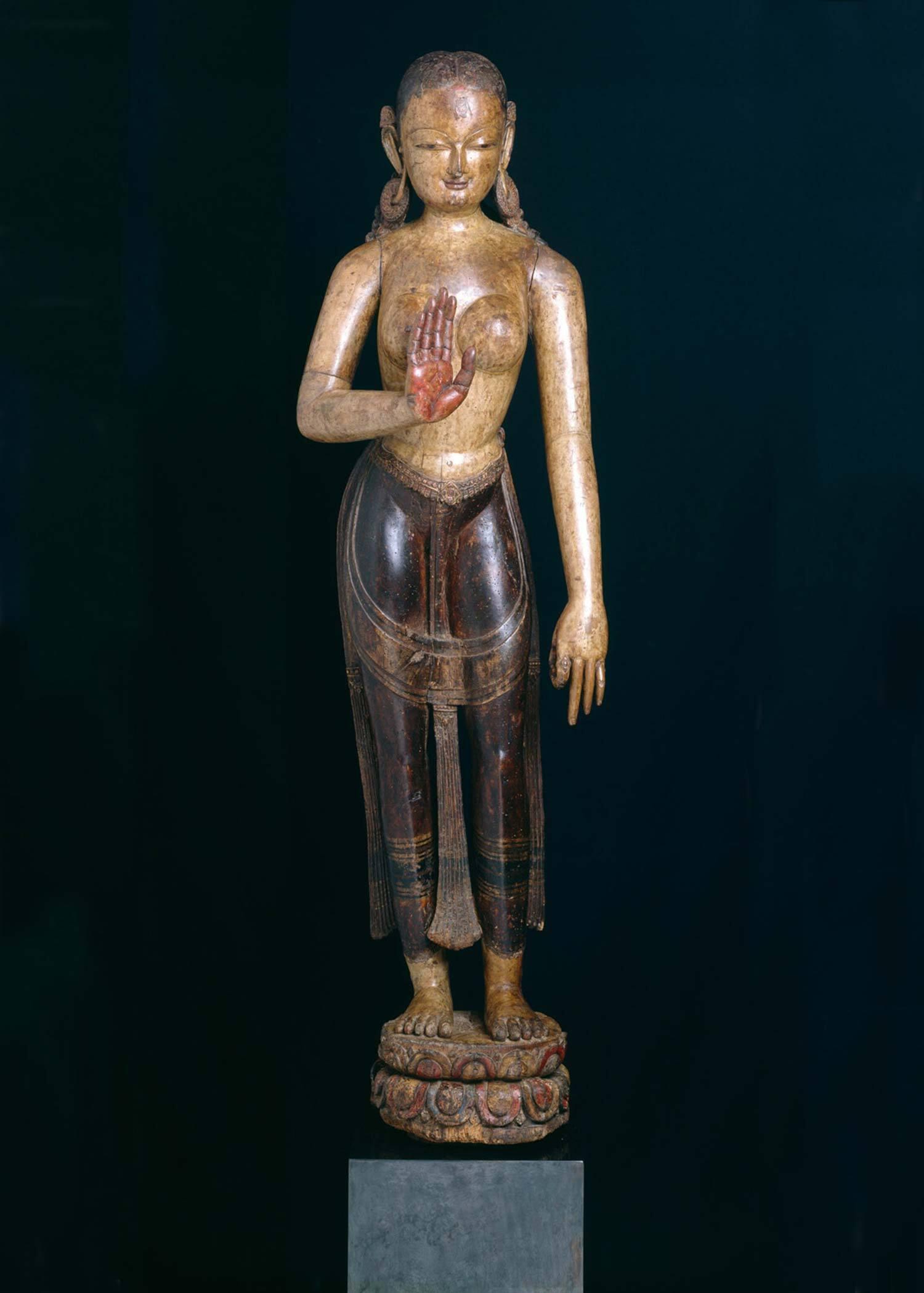
Wooden Tara: The Alsdorfs loaned this piece to the Art Institute in 1997, and the museum acquired it in 2014, according to a museum spokesperson. Nepali activists have located a photo, published in a 1974 article by a scholar, that they say shows the piece in a temple and is evidence the object may have been illicitly removed from Nepal after that time. The Art Institute has seen the photo but hasn’t concluded the piece is the same, the spokesperson said.























